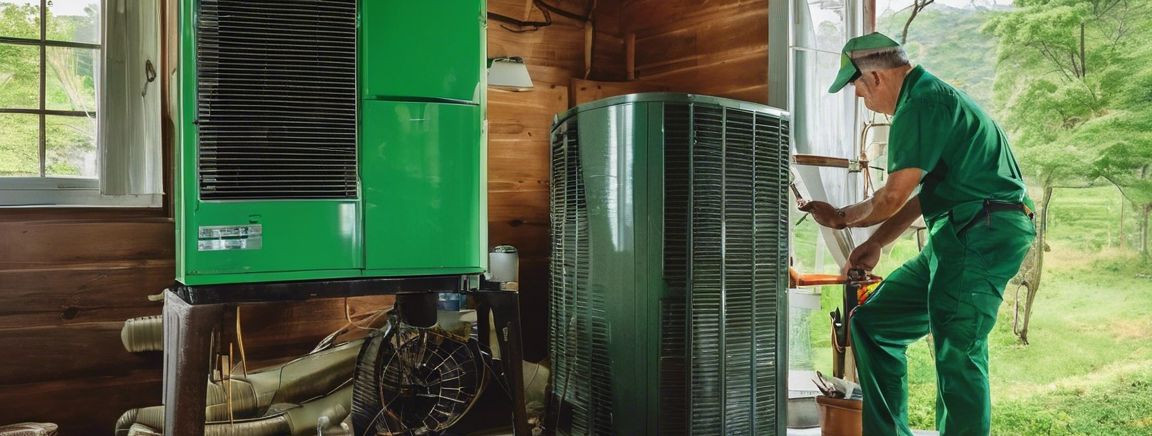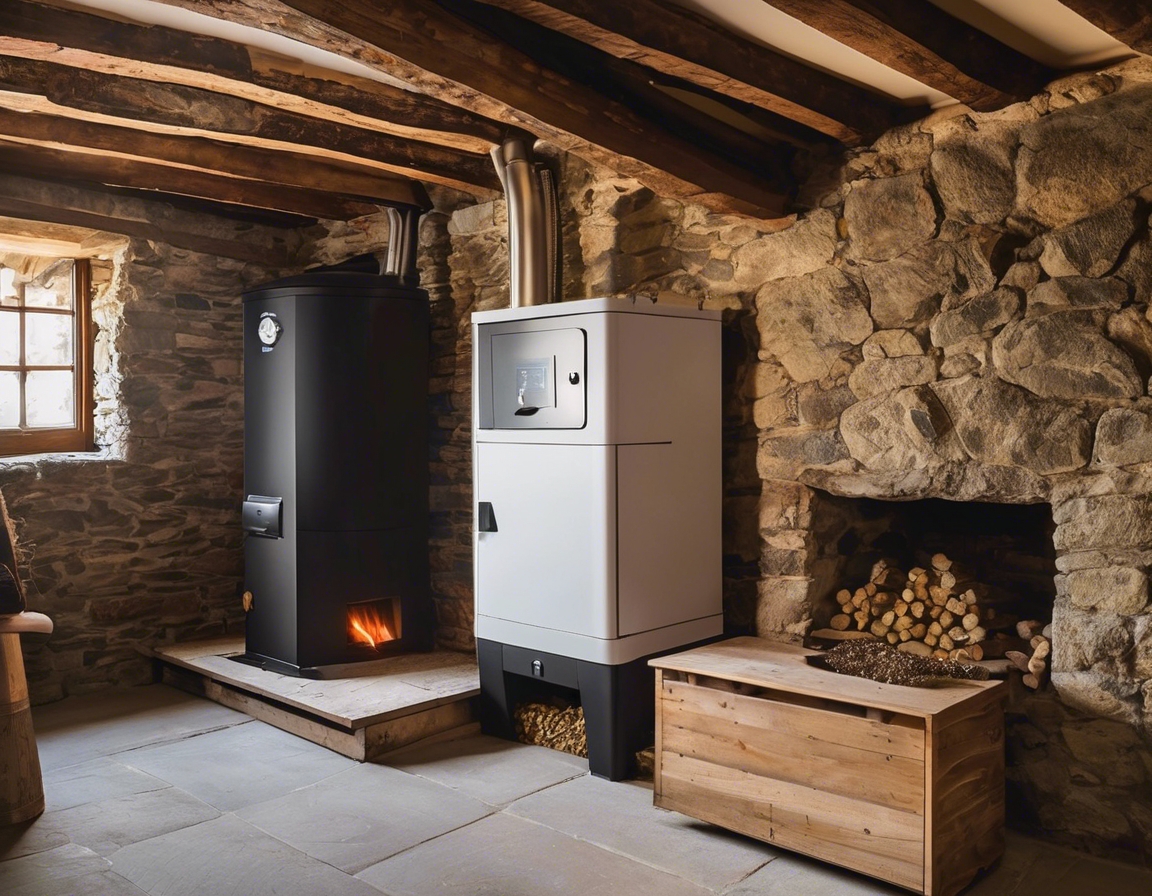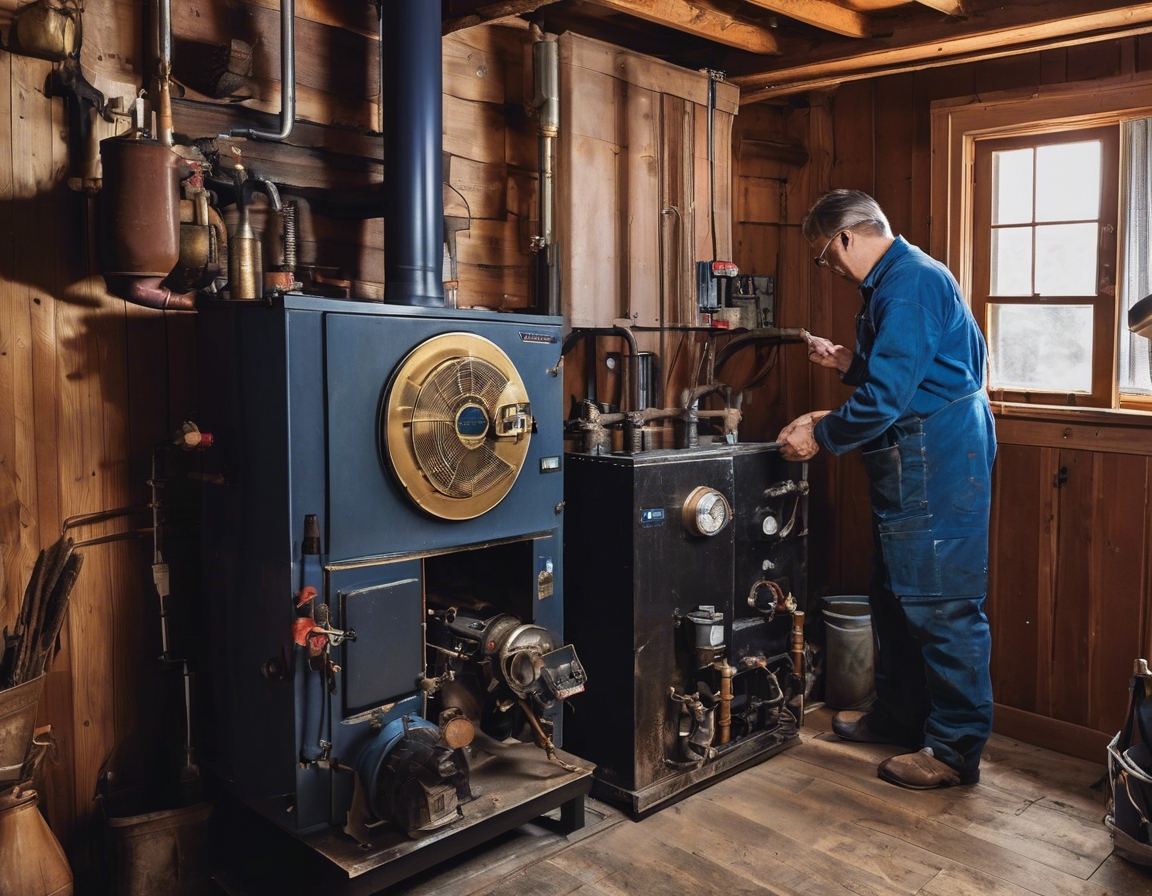Understanding cop: maximizing heating efficiency
In the quest for energy efficiency and sustainability, understanding the Coefficient of Performance (COP) is crucial for homeowners and businesses seeking to optimize their heating systems. COP is a key metric that measures the efficiency of heating systems, particularly heat pumps, and plays a significant role in reducing energy consumption and carbon footprint.
2. What is COP?
The Coefficient of Performance (COP) is a ratio that measures the efficiency of a heating system. It is defined as the amount of heat energy delivered by the system compared to the amount of electrical energy consumed. A higher COP indicates a more efficient system, as it delivers more heat energy per unit of electricity used.
COP is calculated by dividing the heat output (in watts) by the electrical input (in watts). For example, if a heat pump delivers 3,000 watts of heat while consuming 1,000 watts of electricity, its COP would be 3. This means the system is three times more efficient than a traditional electric heater.
3. The Role of COP in Heating Systems
Heat pumps are renowned for their high COP values, making them a popular choice for energy-efficient heating. Unlike conventional heating systems that generate heat, heat pumps transfer heat from one place to another, which requires less energy and results in higher COP values.
Different heating systems have varying COP values. For instance, electric resistance heaters typically have a COP of 1, as they convert all electrical energy into heat. In contrast, heat pumps can achieve COP values of 3 to 5 or higher, depending on the system and environmental conditions.
4. Factors Affecting COP
The efficiency of a heat pump, and thus its COP, is influenced by the temperature difference between the heat source and the heat sink. Smaller temperature differences generally result in higher COP values, as the system requires less energy to transfer heat.
The design and installation of a heating system can significantly impact its COP. Proper sizing, insulation, and placement of components are crucial for maximizing efficiency. An improperly installed system may have a reduced COP, leading to higher energy consumption and costs.
Regular maintenance is essential for maintaining a high COP. Cleaning filters, checking refrigerant levels, and ensuring all components are functioning correctly can prevent efficiency losses and prolong the lifespan of the system.
5. Maximizing Heating Efficiency with High COP
Selecting a heating system with a high COP is the first step towards maximizing efficiency. Consider factors such as climate, building size, and energy needs when choosing a system to ensure optimal performance.
To achieve the highest possible COP, optimize your system's performance by ensuring proper installation, regular maintenance, and using smart thermostats to control heating schedules and temperatures.
High COP systems not only reduce energy consumption and costs but also contribute to environmental sustainability by lowering greenhouse gas emissions. By investing in efficient heating solutions, homeowners and businesses can enjoy long-term savings and a reduced carbon footprint.






Comments (0)